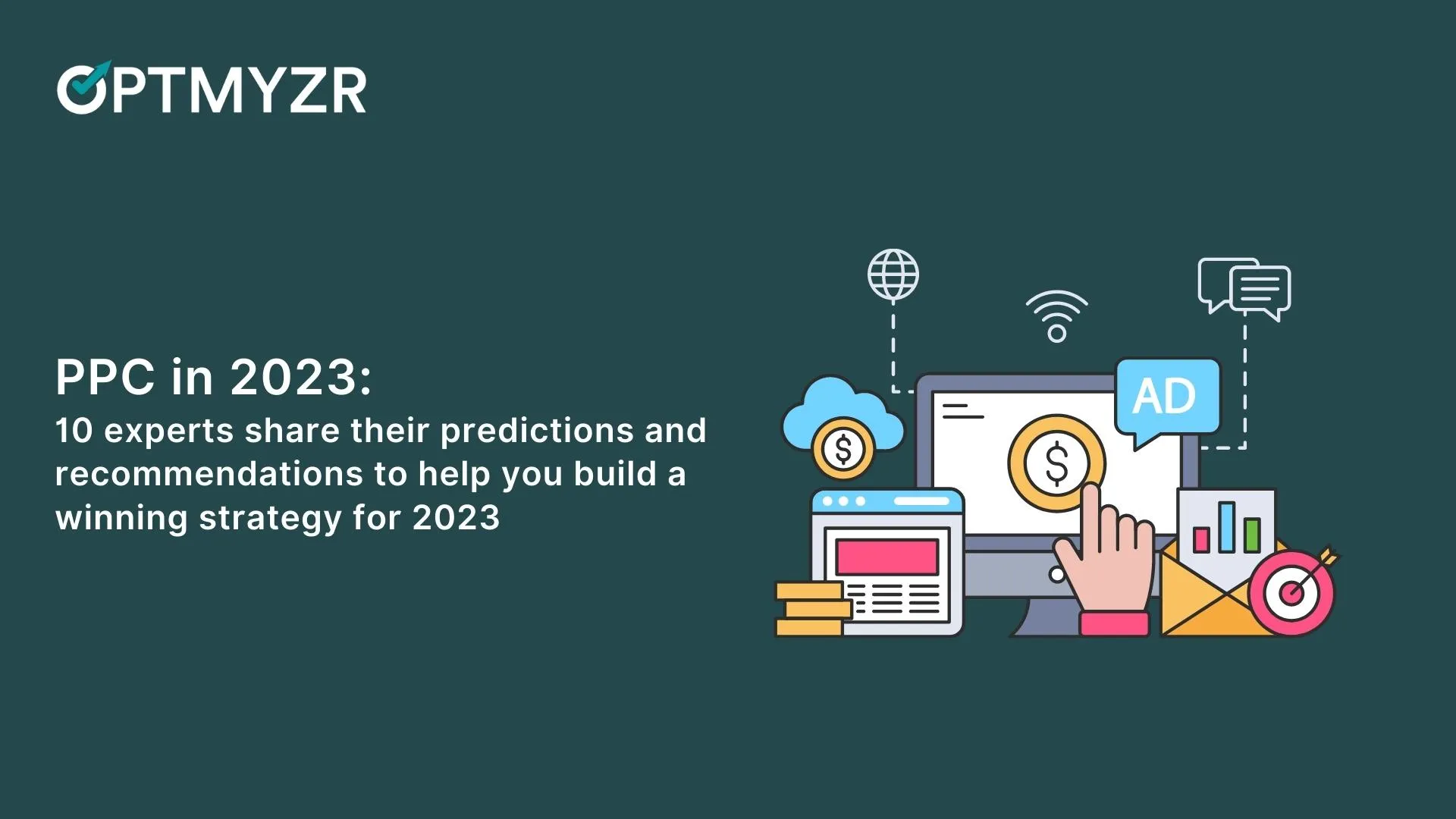You may already be aware of this, but just to remind you Google is moving away from the current version of Google Analytics, also called Universal Analytics (UA or GA3) to an upgraded version called Google Analytics 4 (GA4).
Google is going to sunset Universal Analytics (the free version) on July 1, 2023, and Universal Analytics 360 (the paid version) on October 1, 2023.
There have been updates to Google Analytics before, but this update is pretty significant. Some features that we all know in UA have been removed from GA4 and some new features have been added in their place.
Here’s the list of differences between UA and GA4.
This article is specifically for PPC marketers relying on GA as a platform for measurement and performance.
We also spoke to two of the top experts in the analytics space, Brie Anderson and Timothy Jensen on PPC Town Hall about the migration to GA4. You can watch the full episode below:
Why does Google want you to migrate to GA4?
In an earlier episode of PPC Town Hall, we spoke to Janet Driscoll Miller and Charles Farina on this topic. Here’s the full episode:
Janet Driscoll Miller shares 2 reasons for this migration.
- Google wants to bring you closer to measuring your revenue and KPIs in GA4. And the way they’ve set up the navigation and features in GA4 makes that convenient for the users.
- Google wants to move away from the privacy issues and cookie-based tracking that existed in the past. As a result, they’ve added more privacy-focused features in GA4.
Notably, one of the features is you can set a data retention period. By default, it is set to 2 months. But you can change it to 14 months if you want.
And the other improvement in GA4’s data tracking is that, in the current Universal Analytics, if a user is on a session and it turns to midnight at whatever time zone you set your analytics to, if they are still on your site when it turns to 12:00 A.M. moving into the next day, Universal Analytics considers it as a new session.
So that’s treated as two sessions instead of one. Whereas in GA4, it’s considered as one continuous session. This may affect you especially if you’re a global company.
That’s why the sooner you migrate to GA4, the more accurate your year-over-year data is going to be.
Charles Farina says that Google is rebuilding GA4 from the ground up to move away from their old — to be more precise — a 15-year old code base which dates back to the days when they acquired Urchin, which later became the Google Analytics tool that we know now.
How is Google Analytics 4 better than Universal Analytics for PPC marketers?
Google Analytics is over 15 years old, and some of the ways it works haven’t changed all these years. An example of that is conversion tracking. And conversions, or what we call goals in UA are not so effective.
A conversion in UA is a sessionized metric, which means it can only count once per session. So if you have an ecommerce purchase and you mark that as a goal in UA, and someone purchased twice in that visit, UA only counts it once.
In GA4, Google has completely rebuilt conversion tracking. And the conversions that you set up are now flexible. So what that means is for the first time, you can set up seasonal or campaign-based goals or conversions.
Another example is that if you have, say a ‘back-to-school’ campaign and you have a unique kind of form or action based on that, you can set that as a conversion temporarily. And then when the campaign is over, you can archive it and the data still stays there and frees up a new conversion window.
Charles Farina adds,
“You can create conversions that were never possible before in Universal Analytics. So these conversions were, pretty basic or dumb. You could only set them up off of a page or a particular event. You couldn’t combine different conditions together.”
What should PPC marketers do to prepare for Google Analytics 4 migration?
We recommend that you start your GA4 migration immediately if you haven’t done so already, because, like all things Google Analytics, it will only start tracking and recording your data after you create that property. It does not have a look-back window.
And on a side note, Google says you’ll be able to access your historical UA data for only six months after the July 1, 2023 deadline, which means that starting from January 1, 2024, your UA data won’t be available.
If you want to smoothly migrate from Universal Analytics to Google Analytics 4, here are a couple of step-by-step guides for you.
Migration guide from Google’s support docs
Migration guide by Janet Driscoll Miller on Search Engine Land
Once you migrate to GA4, you need to connect that property to Google Ads. In this process, your conversions and audiences in Universal Analytics are not going to survive the migration.
Here’s an easy step-by-step guide to adding your Universal Analytics conversions to Google Analytics 4.
You can make better use of your audiences in Google Analytics 4
Google has taken the feature of analyzing audiences from the paid version, Google Analytics 360, and added it to GA4.
Some experts suggest you should save your older UA data when you migrate to GA4 as you’re going to lose it, as mentioned above, for the purpose of data forecasting or historical trend analysis later on. Here’s how you can save your historical UA data.
How to export and save your older Universal Analytics data?
As far as we know, there are 3 methods to export and save your older UA data.
Method 1:
You can just go into the Google Analytics interface and download CSVs of the time periods you need. But this is cumbersome and time-consuming and hence we don’t recommend this.
Method 2:
If you have knowledge of web development or have access to a developer, you can use the Google Analytics Reporting API to access older report data that you need.
Method 3:
If you don’t know how to use the API or don’t have access to a web developer, no problem. There’s a great Google Analytics plugin/add-on for Google Sheets. And you can very easily access the API through that add-on and create and export reports in whatever dimensions you want.
“I recommend that you export and save 3 to 5 years of data because COVID-19 really threw off what normalcy looked like in analytics. And so for many of our clients, we’ve been going back at least 2 or 3 years to do that comparison to really look at what normal used to look like.”
“So I definitely would say think about the ranges you need and the cadence at which you want to pull reports and what type of reports you access regularly. And you’ve got to really be thoughtful about what you need access to so you can pull down the raw data and then you can do whatever you want with it in Google Sheets or Data Studio, but you’ve at least got the raw data.”
But before you do any old data backup, ensure that your GA4 migration is successful.
Does Google Analytics 4 connect with the popular ecommerce platforms?
At the time of writing this article, September 2022, there was no official Shopify integration with Google Analytics 4. But to help fill in the gap, we found a free workaround.
Here’s analyzify’s guide to connecting your GA4 property to your Shopify store.
But WooCommerce has released their official GA4 integration and you can find their step-by-step guide here.
Making the shift
Change is hard. And since this is a forced migration by Google, we have no choice but to make the shift.
It may not be comfortable initially to navigate and get used to the new way of measurement, but Google claims that GA4 is fully equipped to support your measurement needs today and into the future.
We hope the points we laid out above help you smoothly sail into the new world of measurement and performance.
But if you have any questions, feel free to reach out to Charles Farina on Twitter at @CharlesFarina or email Janet Driscoll Miller at jmiller[at]marketing-mojo.com.







